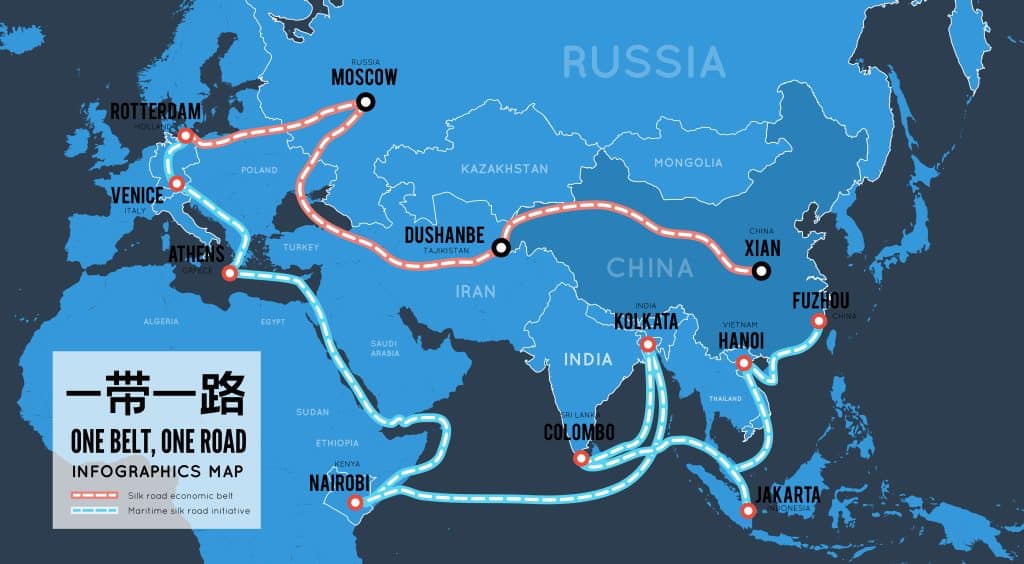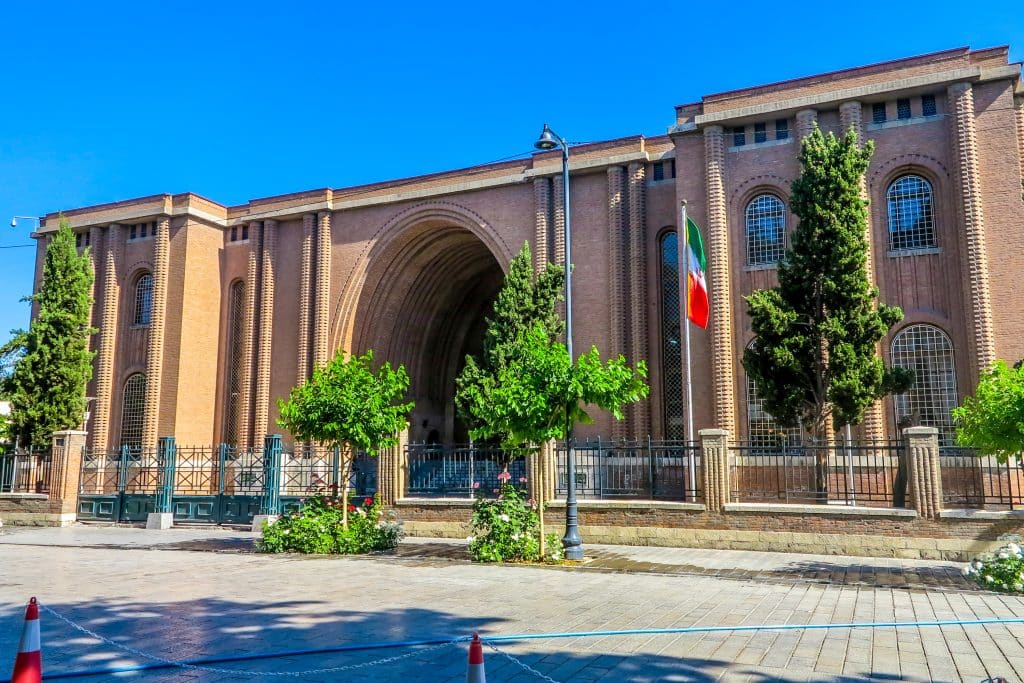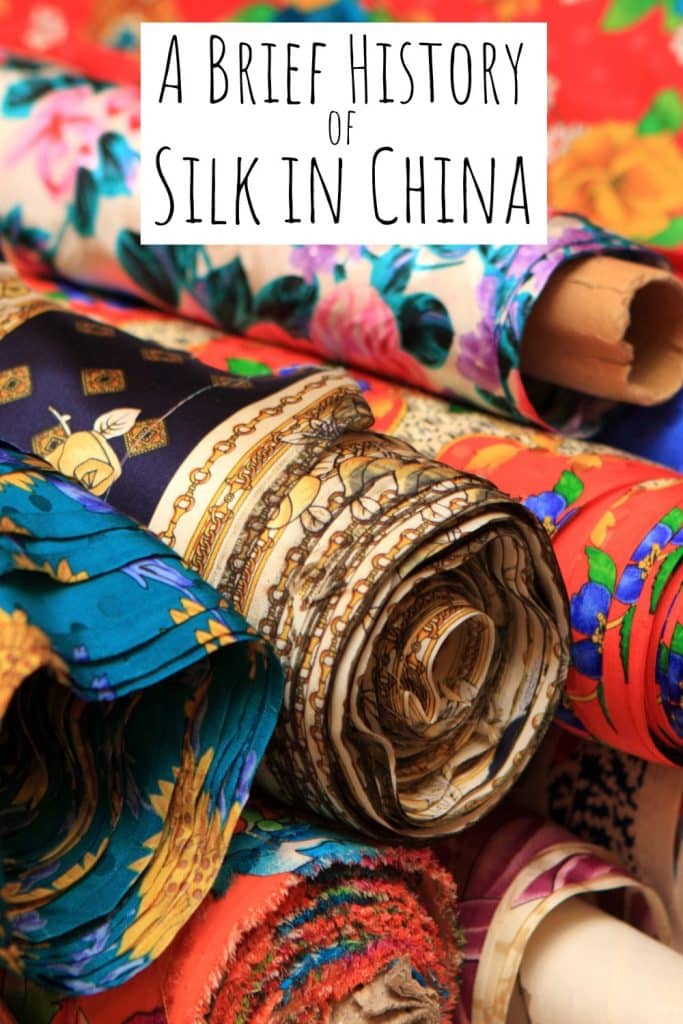A Brief History of The Silk Road
The Silk Road stands as one of history’s most iconic trade routes, spanning thousands of miles and connecting the East and West. Its influence reached far beyond commerce, shaping cultural exchanges, fostering intellectual development, and altering the course of civilizations. This article provides a concise overview of the importance of the Silk Road, its historical significance, cultural impact, and its enduring relevance in the modern world.

Origins and Early History:
The Silk Road’s genesis can be traced back to ancient times. It emerged during the Han Dynasty in China (206 BCE – 220 CE) when Emperor Wu sent explorers westward to establish trade connections. Initially, the route primarily facilitated the exchange of silk, a highly sought-after commodity in the West.
Over the centuries, this trade route expanded in scope and geographical extent. It gradually linked China with Central Asia, the Indian subcontinent, the Middle East, and eventually extended as far as Europe. This network facilitated the exchange of goods such as silk, spices, precious metals, textiles, ceramics, and technologies, creating a vibrant trading system that enriched all participating regions.
Cultural Exchange and Knowledge Transfer:
Beyond trade, the Silk Road facilitated a profound exchange of ideas, religions, languages, and artistic traditions. It became a conduit for cultural diffusion, as merchants, scholars, diplomats, and pilgrims journeyed along the route, spreading their beliefs, philosophies, and customs. The road played a crucial role in the transmission of Buddhism, Islam, and other religions, shaping the religious and intellectual landscape of the regions it traversed.
The Silk Road became a nexus of empires, where great powers vied for control and influence. Notable empires such as the Han Dynasty, the Parthians, the Kushans, the Sasanians, the Byzantines, and the Mongols held sway over key sections of the route, exerting their authority and extracting wealth. These empires not only controlled trade but also encouraged cultural syncretism, fostering a unique blend of traditions and practices along the Silk Road.
Decline and Rediscovery:
The decline of the Silk Road came with the advent of maritime trade and the rise of the Ottoman Empire, which disrupted land routes. Additionally, political instability, conflicts, and the discovery of new sea routes impacted its significance. However, the road’s memory endured, and in the 19th century, it captured the imagination of explorers and archaeologists, who embarked on journeys to rediscover its hidden treasures.
In the modern world, the Silk Road retains its importance in several aspects. Firstly, it continues to serve as a symbol of interconnectedness, fostering economic cooperation and cultural understanding between nations. Initiatives like China’s Belt and Road Initiative aim to revive and expand the ancient Silk Road routes, promoting trade and infrastructure development across Asia, Europe, and Africa.
The Silk Road’s historical and cultural sites attract travelers from around the globe, contributing to tourism and cross-cultural exchange. Cities such as Xi’an, Samarkand, Bukhara, and Istanbul showcase the architectural marvels, artistic masterpieces, and ancient ruins that serve as a testament to the route’s grandeur.
This enduring legacy offers valuable lessons for the modern world. It reminds us of the power of cultural exchange, the benefits of economic integration, and the potential for fostering peace through interconnectedness. The Silk Road teaches us the value of embracing diversity, mutual respect, and dialogue in an increasingly interconnected global society.
The Silk Road represents a remarkable chapter in human history, epitomizing the interplay between trade, culture, and knowledge. Its significance extends beyond economic transactions, shaping civilizations and influencing the world in profound ways. As we navigate the complexities of the modern era, the Silk Road’s lessons of cooperation, cultural exchange, and mutual understanding remain as relevant as ever.
Where are some places I can learn more about the history of the Silk Road in person?
If you’re interested in learning more about the history of the Silk Road in person, there are several notable places you can visit that offer insights into its rich heritage. Here are a few destinations renowned for their Silk Road historical sites and museums:
Xi’an, China: As the eastern starting point of the Silk Road, Xi’an is home to the famous Terracotta Army, the ancient city walls, and the Shaanxi History Museum, which showcases artifacts related to the Silk Road.
Dunhuang, China: Located in the Gansu Province, Dunhuang is known for the Mogao Caves, a UNESCO World Heritage site containing Buddhist cave art and manuscripts that reveal the cultural and religious exchanges along the famous trade route.
Samarkand, Uzbekistan: One of the most prominent Silk Road cities, Samarkand features architectural wonders such as the Registan Square, Bibi-Khanym Mosque, and Shah-i-Zinda, offering a glimpse into the city’s historical significance.
Bukhara, Uzbekistan: Another important Silk Road city, Bukhara boasts well-preserved medieval architecture, including the Ark fortress, Kalyan Minaret, and trading domes that evoke the ambiance of ancient trade routes.
Istanbul, Turkey: Once known as Constantinople, Istanbul served as a major crossroads for Silk Road trade. You can explore iconic landmarks like the Hagia Sophia, Topkapi Palace, and the Grand Bazaar, which were influenced by the Silk Road’s cultural exchanges.
Tehran, Iran: The National Museum of Iran in Tehran houses an extensive collection of artifacts from different periods, including objects related to the Silk Road, providing insights into Iran’s historical connections with the trade route.
Tashkent, Uzbekistan: The State Museum of History of Uzbekistan in Tashkent offers exhibitions on the trade route, showcasing archaeological finds, ancient manuscripts, and artistic treasures from the region.
Louvre Museum, Paris, France: The Louvre Museum is renowned for its extensive collection of art and artifacts from various civilizations. It houses Silk Road-related artifacts, including silk textiles, ceramics, and sculptures from Central Asia and China.
These destinations offer immersive experiences, allowing you to explore archaeological sites, admire historical architecture, and delve into museums’ rich collections. It’s worth researching further to plan a trip based on your specific interests and desired regions along the Silk Road.
Learn about the history of silk in China, one of the original trade goods along this iconic route.













